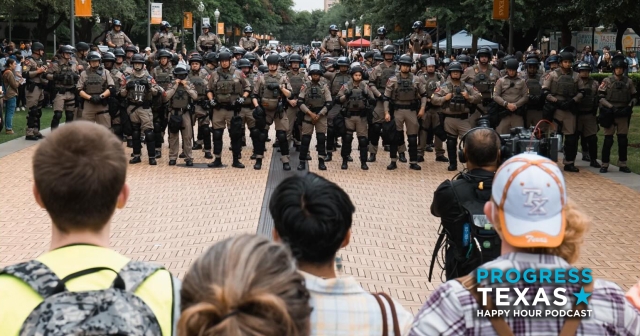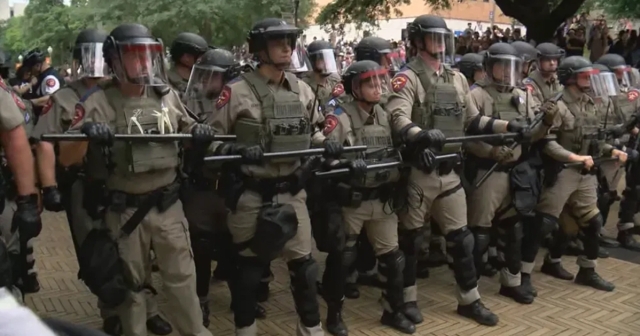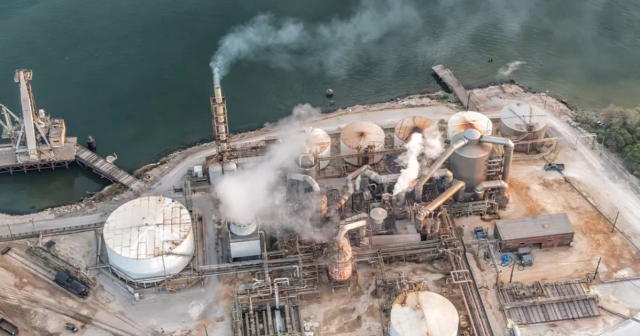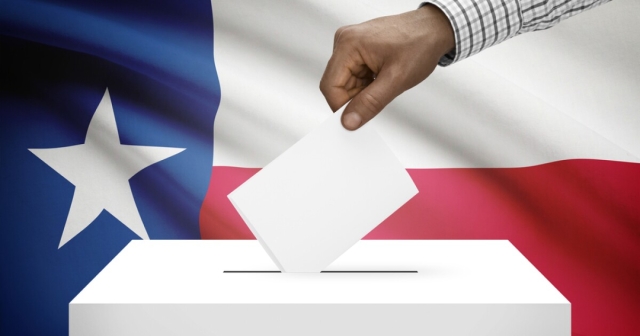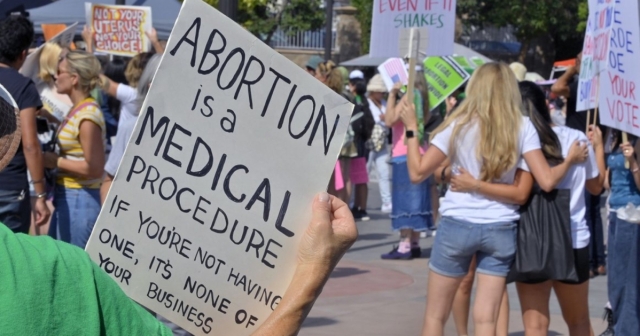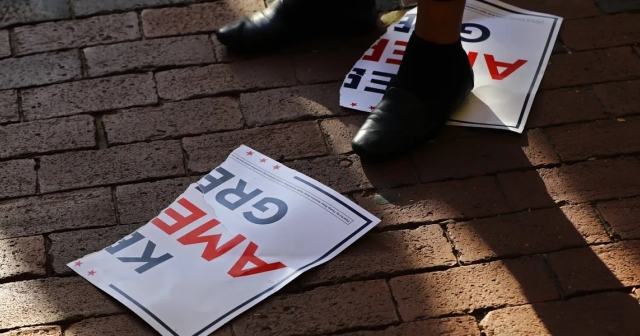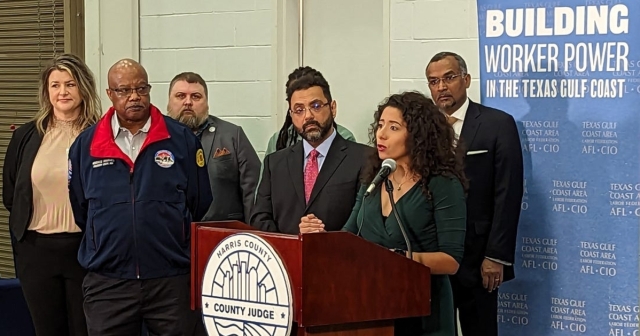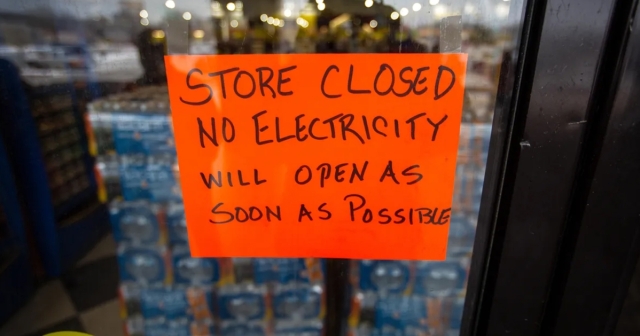Tips for protesting in Texas
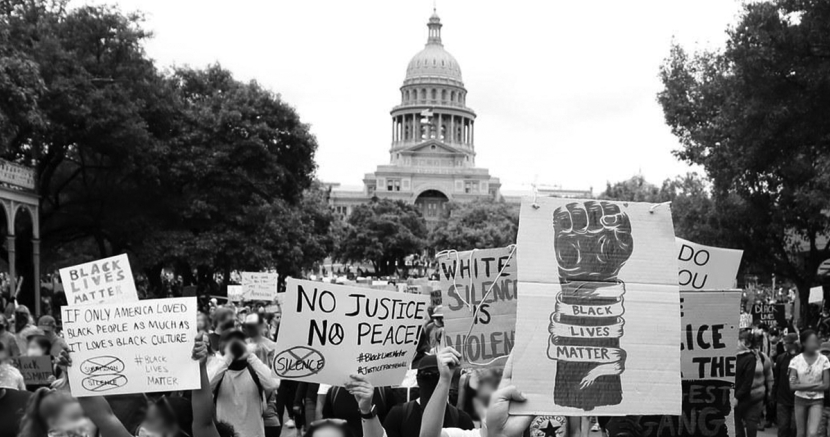
The Black Lives Matter movement has been calling for an end to police brutality against Black Americans for years now, and over the last few weeks, we’ve seen protests erupt across the state, country, and world.
In every U.S. state, protesters have come together to stand up against police violence and call for an end to the killing of Black people at the hands of law enforcement. Here in Texas, we’ve seen heroic acts of courage from protesters, and we’ve witnessed shameful acts of violence from those sworn to protect us.
Black Americans are no stranger to the reality of murder and brutality at the hands of law enforcement, and now protesters are being met with the same violence from police that Black folks know too well. It has escalated to the point that the U.S. is facing allegations of human rights abuses over its treatment of protesters.
We support the right to protest, and we also want to keep Texans safe. So with that in mind, here’s a list of tips for protesters in Texas:
1. Know your rights
Your right to protest is protected by both the U.S. Constitution and the Texas Constitution.
Here’s a thread from the ACLU about your rights while protesting:
‼️ KNOW YOUR RIGHTS WHILE PROTESTING: A THREAD ‼️
— ACLU (@ACLU) June 4, 2020
A few highlights:
- Taking photographs and video in public spaces is a constitutional right — and that includes law enforcement officials carrying out their duties.
- If you get arrested, DON'T say, sign, or agree to anything without a lawyer present.
- You never have to consent to a search of yourself or your belongings. If you don’t consent, say that you don't consent to the search.
Because of the injustices we’ve seen play out across the state, it is imperative that Texans know their rights while they’re out protesting in order to protect themselves and others.
2. Protect yourself from physical harm
Because of police action, people have lost their eyes, suffered permanent vision loss, sustained brain damage, and even died at various protests across the country.
Here are a few things you can do to help protect yourself from police:
- Wear safety goggles to protect eyes from tear gas and projectiles
- NOTE: Not every pair of goggles offers adequate protection. Experts advise wearing ballistic eyewear.
- Wear a helmet to protect your head from rubber bullets, bean bags, and other “less” lethal ammunition
- Bring chemical eye wash or plain water to flush out tear gas
- NOTE: Experts advise against using milk because it isn’t sterile, and bacteria could cause infection in the eyes.
- Wear glasses instead of contacts, or bring gloves in case you need to remove contacts from your eyes or the eyes of someone else
- Bring a change of clothes
- Bring baby shampoo to clean skin around eyes if tear gassed
- Have hair tied back or covered
- Wear solid-colored clothing
- Write emergency numbers in Sharpie on your arm
- Keep a card on you with emergency medical information, and a list of any medications you need
3. Prepare for the Texas heat
Many cities throughout the state have already surpassed 100 degree weather and it will only get hotter as the summer progresses. It is imperative that you stay hydrated and are prepared for the hotter weather. Be sure to bring lots of water and protein-rich snacks to hold you over. This could include jerky, energy bars, nuts, etc.
In addition to sustenance, be sure to dress appropriately, wear/bring sunscreen and be prepared to walk long distances. Protests can last for hours, often generating large crowds that make it difficult to leave on a whim. Keep this in mind when making the decision to attend.
4. COVID-19 is still a thing
We’re still experiencing a global pandemic. In fact, the number of Texans hospitalized with coronavirus is at an all-time high and experts say cases are likely to continue increasing in our state.
There are folks who are at higher risk of death or serious illness if they contract coronavirus. Because of that, we encourage you to evaluate your own personal health status and make a decision about what’s best for you before deciding to attend a protest.
If you do decide to attend, wear a mask and practice social distancing when possible.
5. Record interactions with the police
Video evidence is increasingly being used to disprove police narratives. It’s a scary thought to imagine just how much police officers have gotten away with because there was no recording. Just think about if George Floyd’s murder was not recorded. Would those officers have experienced any repercussions at all? It’s highly unlikely.
With that in mind, consider recording interactions you have with the police. As mentioned earlier, taking photographs and video in public spaces is a constitutional right. Here’s a piece from the ACLU of Texas about your right to film police.
6. Digital security and what to do about your phone
Law enforcement has a history of using civil unrest to increase surveillance of the public. But when it comes to the data that can be obtained from access to your phone, what police are allowed to get varies depending on how you lock it down, where you live, and the jurisdiction of the law enforcement agency that is investigating you.
Here’s a piece that details some important information about digital privacy and how to secure your phone before attending a protest. A few key points:
- If you can, get a burner phone and leave your primary phone at home (we recognize this is not an option for a lot of people)
- Turn off all biometrics & use a password instead of fingerprint or facial recognition to secure your data
- Backup and encrypt your devices
- If possible, keep your device locked for the duration of a protest, or access your camera without unlocking it (If you use airplane mode, you will not be able to receive emergency messages.)
- Disable all location services
- Do not post on social media until you’re home
- Blur protestors in your photos
- Use secure messaging apps like Signal
- Consider using a virtual private network (VPN)
- Know about Emergency SOS on iOS
- Use burner online accounts
7. Avoid sharing photos of other protesters
There have been reports of protester deaths after previous protests that have alarmed activist communities. Because of this, it’s important to evaluate what kind of risk you might be exposing yourself and others to when sharing photos online or personal information about people from a protest.
Avoid sharing photos of other protesters without their consent, and even then, please take extreme caution about what information you choose to share online. There are people out there who may wish to cause protesters harm, and the police can also use this information to track people.
8. Take a friend and plan how to get home beforehand
It’s important for people close to you to know where you are in case of an emergency. It’s best to attend protests with others so that those in your group can keep tabs on one another and look out for each others’ interests. You should also notify folks who are not attending the march so that if they don’t hear from you, they know where you were last.
Have a plan in place for how you are going to get home as well. In case you get separated from your group, this could include establishing a rendezvous point beforehand, or even coordinating with friends who are not attending a protest to pick you up at a certain time and place.
Emergency phone numbers that should be written in Sharpie on your arm include your emergency contacts (friends or family who are not also protesting), a local bail out organization, and a lawyer (if you have one.)
Protesting is our constitutionally protected right, but because of law enforcement’s dangerous treatment of protesters, we must take steps to ensure our safety and security. Protect each other, stay vigilant, and keep fighting.
Editor’s Note: This list is not comprehensive. If you have recommendations that you feel should be added, please email wesley@progresstexas.org.
DONATE
Your donation supports our media and helps us keep it free of ads and paywalls.


